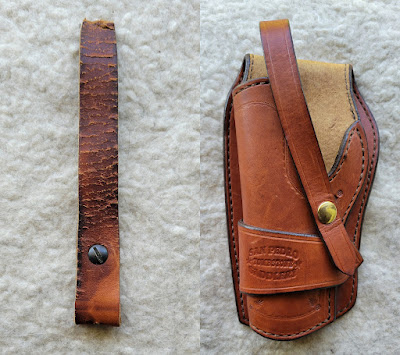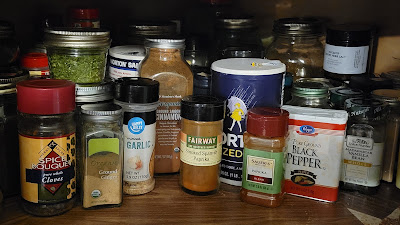The dust has settled and the First 72 Hours have passed. Follow along as I build a long term plan via Prudent Prepping.
I need to re-post links for two articles I've written about fire and fire safety.
FIRE!!!
While CA just received its first measurable rain, that doesn't mean things can't burn. Tuesday, October 11, was the 30th anniversary of the Berkeley/Oakland Hills Fire, one of the most destructive urban fires in California history: 3,500 structures destroyed, 1,600 acres burned and 25 deaths, and it took 12 days to bring it under control.
Twelve days. Even with roads and reasonable access to what was burning, still it took 12 days. I wrote this blog post about getting out in the face of a fire, followed with even more as I refined my plans.
All of us have written on Bugging Out and I wrote this post about being stuck in a burning building. In the middle of the night. Hungover and tired. In the dark, with no lights.
That post started to be an EDC (Every Day Carry) write-up, but it can just as easily be about "How Not to Act in a Fire". People die every year, from fire and smoke by not having a plan everyone knows about.
Please take the time to read the posts if you haven't read them before, especially the Berkeley/Oakland Fire posts links to other articles.
Recap and Takeaway
- Have a plan in place for getting out safely where you live and visit. Make certain everyone is aware of what to do.
- Make where you live as safe as possible. Trim trees and bushes away from houses and fences, and if it isn't your house, have the Landlord or Property Management do it -- or at least make them aware that you think there may be a hazard.
- Due to work overload, this is a much shorter than normal post from me. Read the links, please.
* * *
Just a reminder: if you plan on buying anything through Amazon, please consider using our referral link. When you do, a portion of the sale comes back here to help keep this site running!
If you have comments, suggestions or corrections, please post them so we all can learn. And remember, Some Is Always Better Than None!
NOTE: All items tested were purchased by me. No products have been loaned in exchange for a favorable review. Any items sent to me for T&E will be listed as such. Suck it Feds.


























